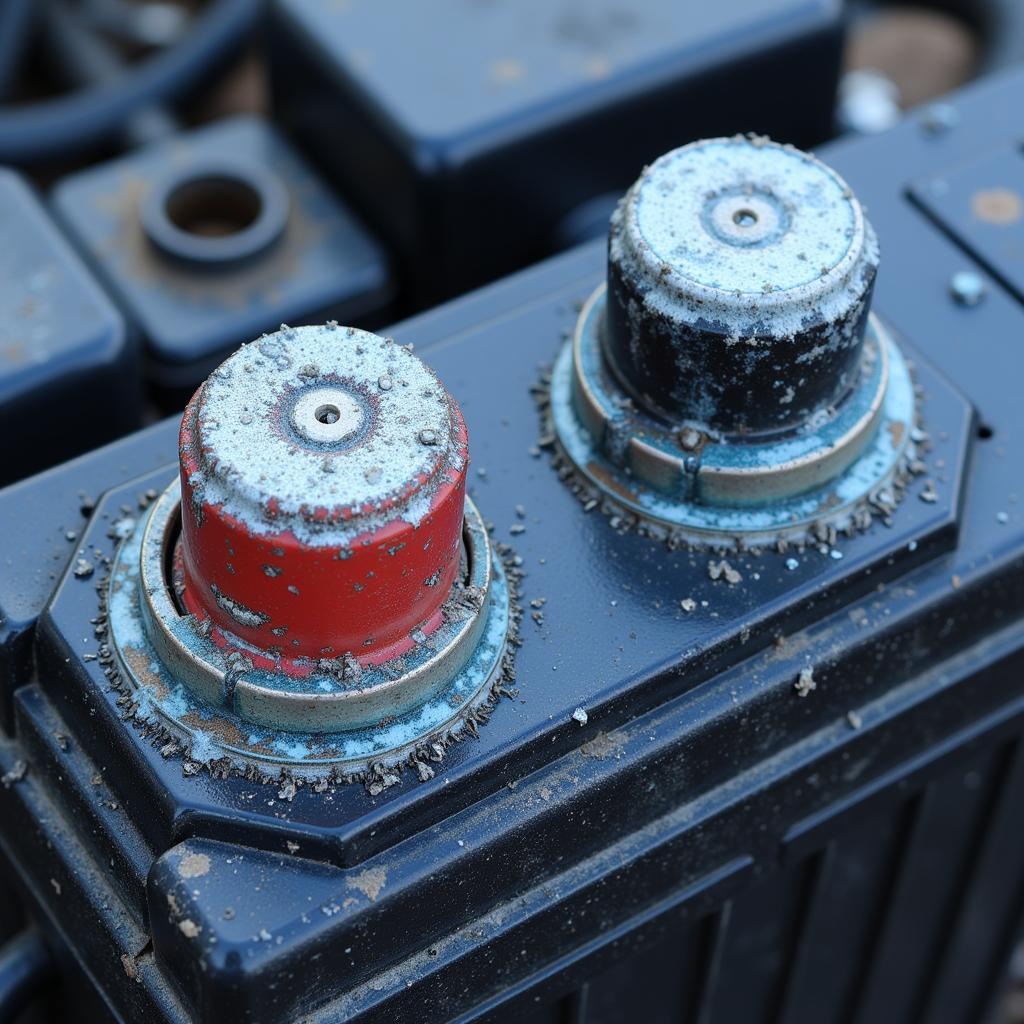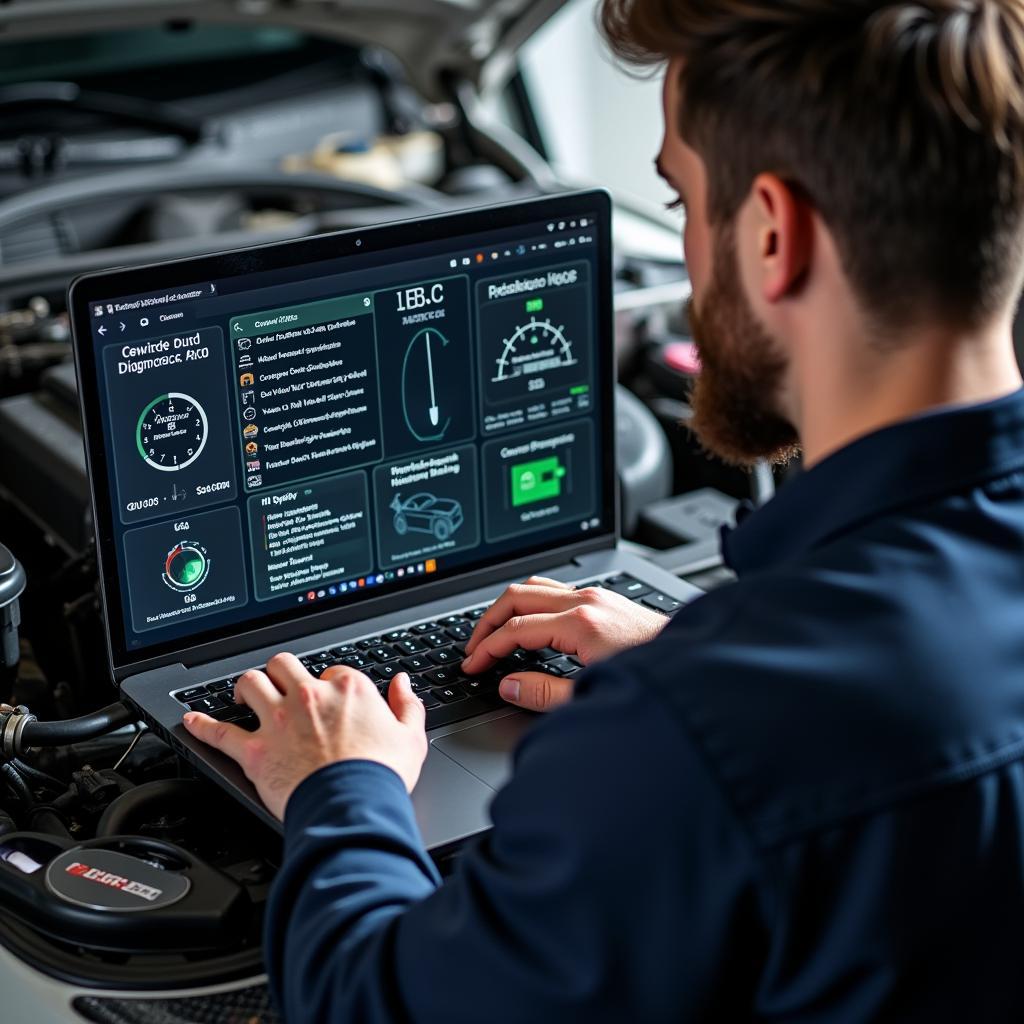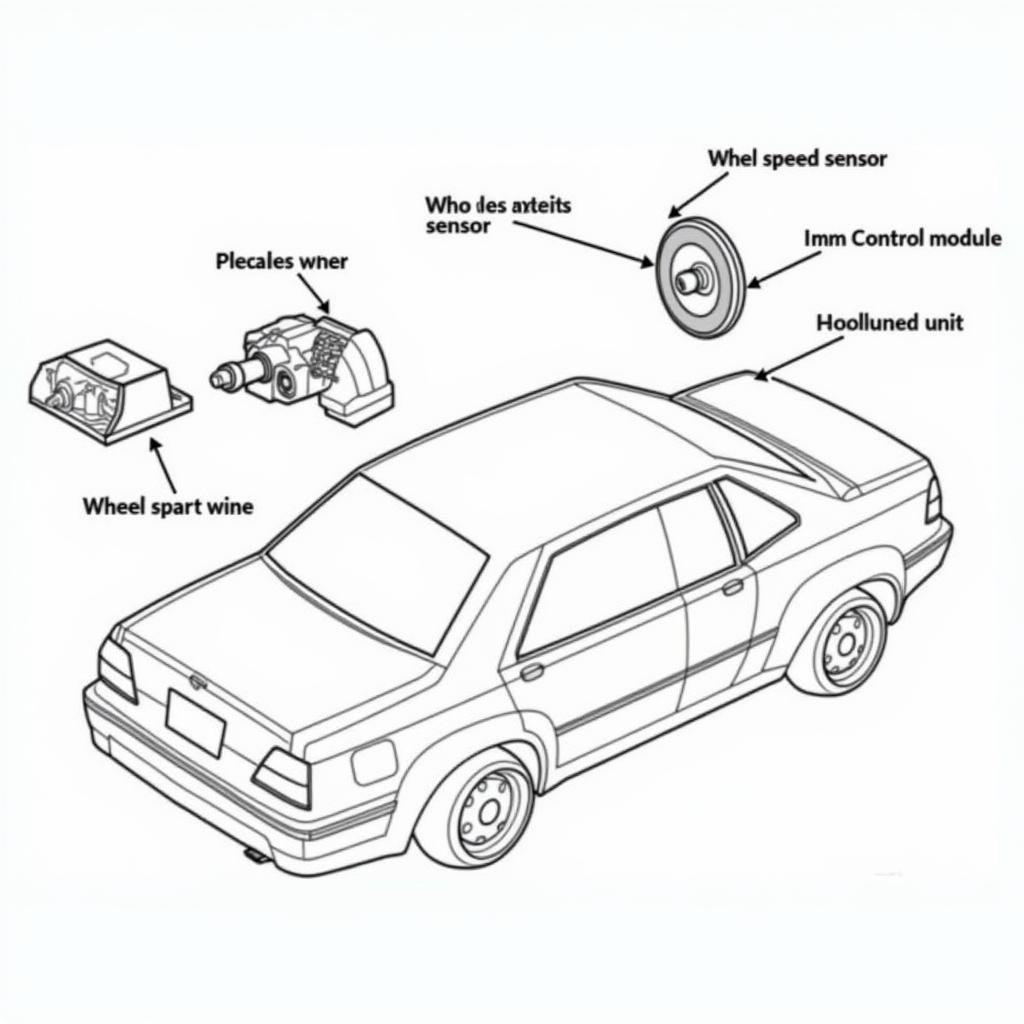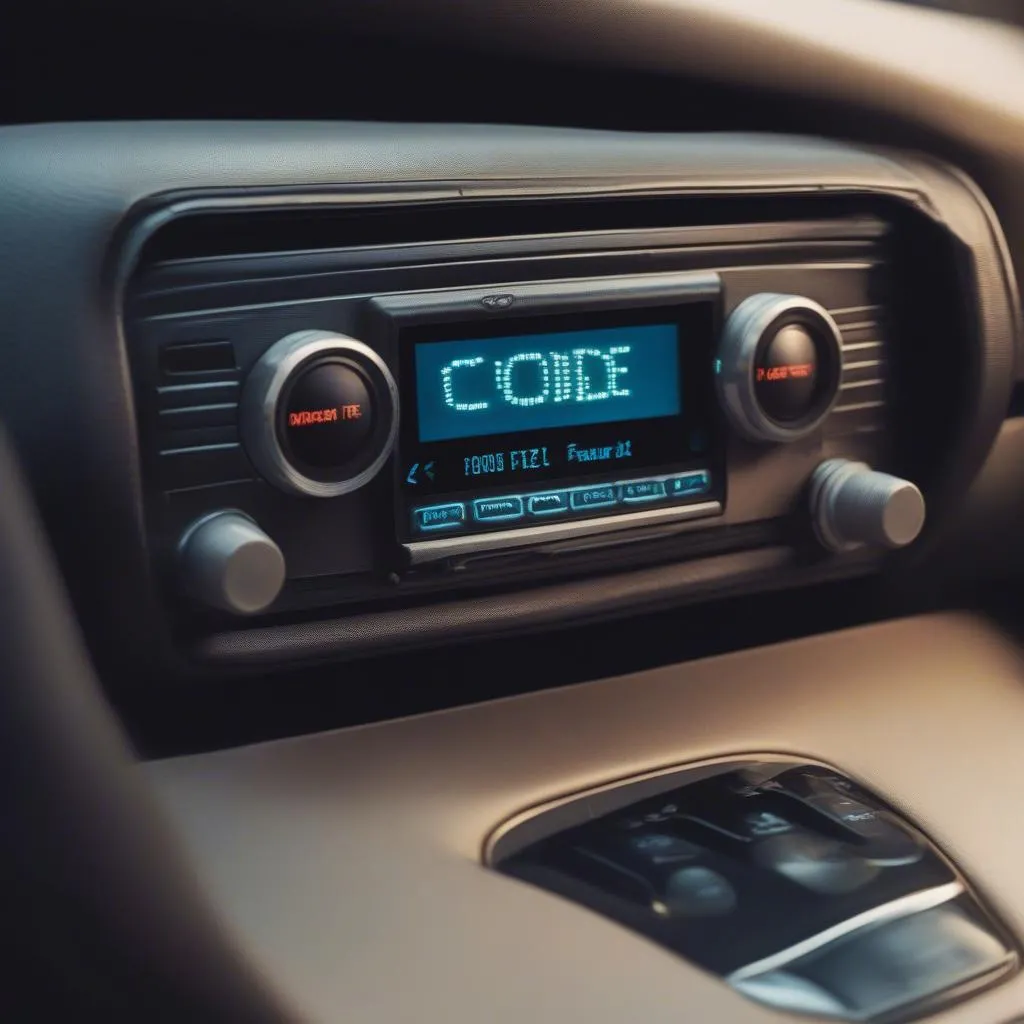A dead car battery is a frustratingly common experience. Whether you left your lights on overnight or your battery simply reached the end of its life, discovering a car battery gone flat can completely derail your day. This guide will explore the common causes of a dead battery, troubleshooting steps you can take, and how remote diagnostics and software solutions can often provide a quick and convenient fix.
Why is My Car Battery Gone Flat?
Several factors can lead to a dead car battery. Understanding these causes can help you prevent the issue in the future. Some of the most common culprits include:
- Leaving lights or accessories on: This is a classic mistake, and often the simplest to fix. Interior lights, headlights, and even the radio can drain your battery if left on for extended periods while the engine is off.
- Extreme temperatures: Both extreme heat and extreme cold can impact battery performance. Heat can cause the battery fluid to evaporate, while cold can slow down the chemical reactions needed to generate power.
- Old age: Like any component, car batteries have a limited lifespan. Typically, they last between three and five years, but this can vary depending on usage and climate.
- Parasitic drain: This occurs when a faulty electrical component continues to draw power even when the car is off. Identifying and fixing the source of the parasitic drain is crucial.
- Short trips: If you consistently drive only short distances, the alternator may not have enough time to fully recharge the battery after starting the engine.
- Corroded terminals: Corrosion on the battery terminals can impede the flow of electricity, leading to starting problems and a seemingly dead battery.
 Corroded car battery terminals close-up
Corroded car battery terminals close-up
Troubleshooting a Dead Battery
Before calling for roadside assistance, there are a few things you can try yourself.
- Check for obvious causes: Make sure the lights, radio, and other accessories are turned off. Look for any signs of corrosion on the battery terminals.
- Try jump-starting the car: If you have access to jumper cables and another vehicle, jump-starting can be a quick solution. radio shack car audio installation
- Test the battery voltage: Use a multimeter to check the battery’s voltage. A reading of 12.6 volts or higher indicates a healthy battery. A lower reading suggests the battery needs to be charged or replaced.
How Remote Diagnostics Can Help
Advances in automotive technology have made it possible to diagnose and even fix some car battery issues remotely. “Remote diagnostics can save valuable time and money,” says John Smith, Senior Automotive Electrical Engineer at Acme Auto Solutions. “We can often pinpoint the problem and sometimes even implement a software fix without the need for a physical visit to a repair shop.” This can be particularly helpful in cases of software glitches affecting the battery management system.
 Mechanic performing remote car diagnostics using a laptop.
Mechanic performing remote car diagnostics using a laptop.
The Role of Software in Modern Car Batteries
Modern cars rely heavily on software to manage various systems, including the battery. Software updates can sometimes resolve battery-related issues by optimizing charging algorithms or addressing bugs. “Software plays a crucial role in maximizing battery life and performance,” explains Jane Doe, Lead Software Engineer at Global Auto Tech. “Regular software updates can help prevent issues and ensure the battery operates efficiently.” seat dash warning lights
Conclusion
A car battery gone flat is an inconvenience, but understanding the causes and solutions can help you get back on the road quickly. From simple checks to remote diagnostics and software solutions, there are various options available to address the problem. By staying proactive and informed, you can keep your car battery healthy and avoid the frustration of a dead battery.
FAQ
- How long does a car battery last? Typically, car batteries last between three and five years.
- Can I jump-start my car myself? Yes, with jumper cables and another vehicle, you can often jump-start your car.
- What are signs of a dying battery? Slow engine cranking, dim headlights, and clicking sounds when turning the key are common signs.
- How can I prevent my car battery from going flat? Turn off all lights and accessories when parking, and avoid short trips whenever possible.
- What is a parasitic drain? A parasitic drain occurs when an electrical component continues to draw power even when the car is off.
- How much does a new car battery cost? The cost of a new car battery varies depending on the type and vehicle, but typically ranges from $50 to $200.
- Can remote diagnostics fix a dead battery? While remote diagnostics can identify the cause, they can’t physically recharge or replace a dead battery. However, they might be able to resolve software-related issues affecting the battery.



